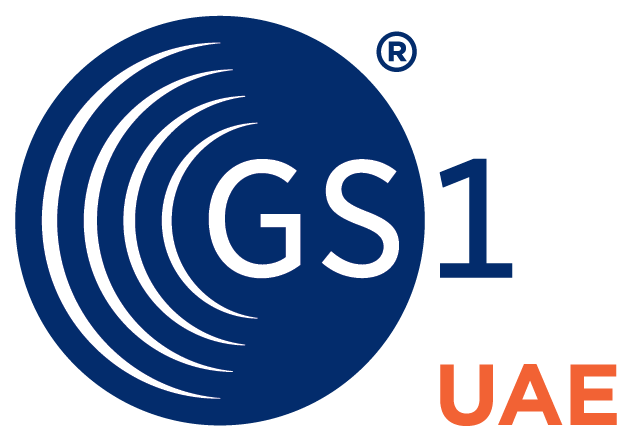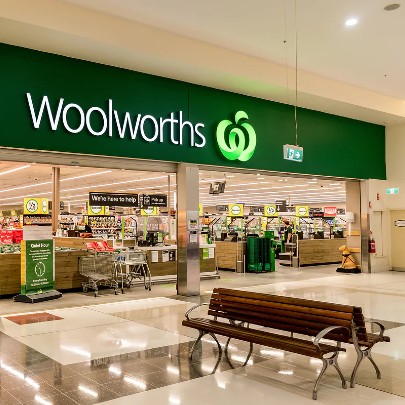
How Woolworths reduced food waste up to 40 per cent and improved productivity by up to 21 per cent with 2D barcodes.
For nearly a century, Woolworths has been staple of everyday life for millions of Australians.
Since its founding in 1924, multiple generations have grown up shopping at “Woolies” which, with a 33 per cent market share of the Australian supermarket sector, is now the nation’s biggest grocery chain.
With over 3,000 stores serving over twenty million customers each week, Woolworths Group’s supply chain is large and complex. The organisation works with a vast network of over six thousand suppliers across Australia and prides itself on sourcing 96 per cent of all its fresh produce from Australian farmers and growers.
Branding themselves as “Australia’s fresh food people,” Woolworths has long been committed to providing customers with the freshest home-grown produce possible.
That is why in 2019, Woolworths collaborated with GS1 Australia to become the first Australian supermarket to trial next-generation, data embedded (or 2D) barcodes in-store. This has since enabled them to unlock a new dimension of capabilities, substantially increase food safety and reduce food waste by up to 40 per cent.
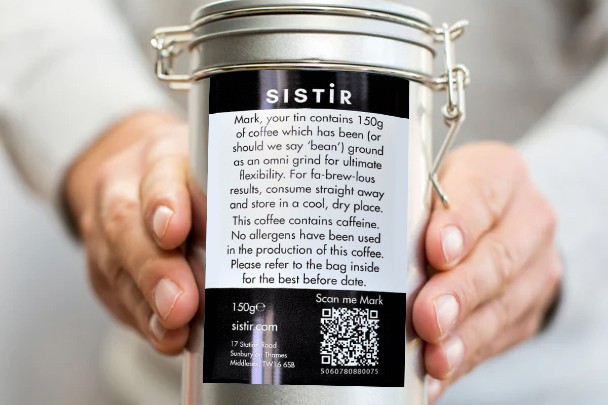
The next generation of on-pack labelling
We are living in the era of big data. Consumers are increasingly demanding more information about the products they buy, from where it was produced to how best to use and recycle it. Businesses are also becoming overwhelmed by new legislative demands as well as the sheer volume of data that comes from multiple sources in different formats. This means barcodes need to start working harder.
As a result there has been a dramatic increase in the number of brands utilising additional barcode formats to meet business and consumer needs.
One of the most widely used is 2D barcodes, most commonly found on product packaging in the form of QR or ‘Quick Response Codes’.
The main benefit of a 2D barcode is that it can hold far more data than its linear predecessor. This can include details such batch and lot numbers, expiry dates and safety information.
A new dimension of connectivity
Unlike linear barcodes that primarily served the needs of retailers, 2D barcodes offer benefits for everyone, from manufacturers, retailers and logistics providers to solution partners and consumers.
One scan of these next-generation barcodes can connect business partners up and down the supply chain to data needed for inventory management, traceability programmes, sustainability initiatives, consumer engagement actions and more.
2D barcodes also have a more compact size than traditional 1D linear barcodes. Because 2D barcodes can contain additional data and enable connection to the web, information such as storage options, recycling instructions, origin and more can be taken off the packaging. This frees up space on-pack and can remove the need excessive packaging, reducing costs and limiting waste.
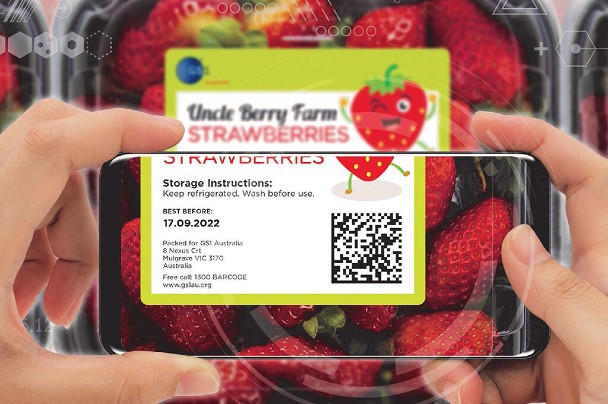
Substantial benefits for Woolworths
In August 2019, Woolworths began piloting 2D barcodes on fresh meat and poultry products sold in their supermarkets, embedding information about each item’s batch, supplier and use by date, among other data.
Woolworths has since announced their intention to fully transition to 2D barcodes. Fresh food categories were the first to roll out, beginning with meat and poultry.
As of early 2022, 2D barcodes were already on 50 per cent of products in Woolworths meat range in over 1,000 stores, and that number continues to grow.
Reducing waste & enhancing safety
Woolworths and selected suppliers have already seen substantial results, including boosting food safety by restricting the sale of out-of-date items and reducing food waste by up to 40 per cent.
In-store teams can now identify if a product is approaching its expiry date and proactively mark it down more efficiently than ever before, meaning that product can be sold without having to be disposed.
2D barcodes also enable more targeted and accurate product recalls, saving food from unnecessarily being sent to a landfill. The encoding of a product’s batch, lot and/or serial number into a 2D barcode can identify affected products anywhere across the supply chain, so only those products need to be withdrawn from store shelves.
“2D barcodes have immense potential, and we’re excited to see how they will improve traceability and stock management.”
Richard Plunkett
General manager for business enablement, Woolworths
In the rare event that a recalled product does reach the checkout, the barcode alerts both the cashier and the customer that the item must not be sold. Similarly, because 2D barcodes hold information about when a product is beyond its best-before or use-by date, a store worker scanning the item can be alerted that the item is not available for sale before a customer purchases it.
As a result of making expiry date management more efficient, Woolworths stores using 2D barcodes have seen up to 21 per cent improvements in productivity thanks to a system-driven solution to manage inventory by expiry date. In the future, the ability to automatically apply markdowns for products approaching expiry will prevent staff from having to relabel items one by one.
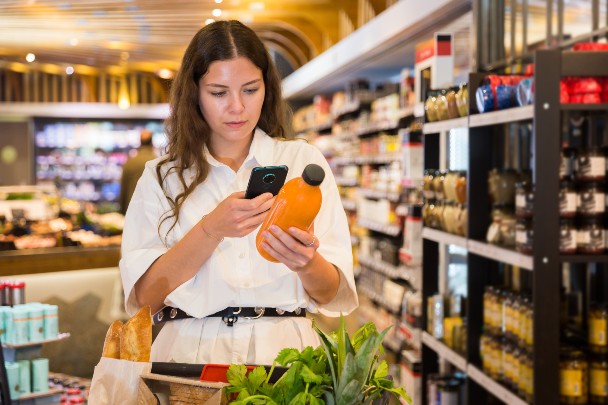
Connecting with consumers
A key benefit offered by 2D barcodes are the many new opportunities for digitally connecting with their consumers to enhance the appeal of their brand and products.
A consumer who scans a 2D barcode with their smartphone, especially via a QR code powered by GS1, can instantly receive information in a number of multimedia formats, unlocking and engaging and educational digital experience right in the palm of their hand.
For Woolworths, this will enable them to share sustainability information and certifications, crop and serial number, harvest information, maps of the farm the product was sourced from, pack dates, nutritional information, serving sizes, storage and recipe suggestions, recycling instructions and much more.
“At Woolworths, we plan to build on the potential of these barcodes to offer customers valuable information on provenance, quality and sustainability. As we work towards a better tomorrow with our suppliers, 2D barcodes can help us communicate a product’s verified sustainability credentials to customers.”
Roberto Olivares
Senior project manager, Woolworths
